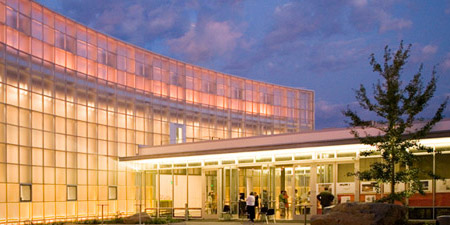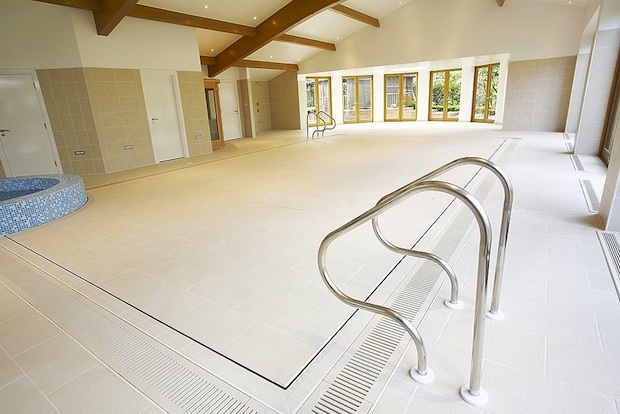
BY LINDA TISCHLER (ADDITIONAL REPORTING BY ZACHARY WILSON)

PHOTO BY TIM BIES
1. Diller Scofidio + Renfro
The New York-based firm transformed public space in Manhattan last year with the renovation of Alice Tully Hall, the master plan for the redevelopment of Lincoln Center, and the opening of the High Line, a collaboration with Field Operations. DS+R beat out several high-profile architects for its next project, Rio de Janeiro's $31 million Museum of Image and Sound, on Copacabana Beach. Top 50: No. 32
2. MVRDV
Netherlands-based MVRDV has been preaching radical theories of vertical living for years, and they're now beginning to catch on. Current projects include the Rotterdam Market Hall, which will house more than 200 apartments and a large public market; the firm's daring Gwanggyo Power Center, a set of hill-like structures for 77,000 residents in South Korea, is in the final planning stages. Top 50: No. 44
3. SHoP Architects
Winners of the 2009 Cooper-Hewitt award for design, SHoP collaborates with material manufacturers and trade contractors during the design phase to reduce client spending and ensure that buildings get built. The firm's upcoming projects include Brooklyn's Barclays Center (the sports stadium in the controversial Atlantic Yards project) and the Fashion Institute of Technology's C2 tower in Manhattan.
4. Shigeru Ban
In his quest to get rid of material prejudices, Japanese architect Shigeru Ban has used everything from steel and plastic to paper and cardboard in his work. Case in point: the sweeping, netlike roof of the Metz Centre Pompidou in Metz, France, with its 1,800 unique steel beams (scheduled to open in May), or the 72-foot-tall paper tower installation made from hundreds of compressed cardboard tubes at London Design Week in 2009.
5. Office dA
This Boston-based design duo won two major projects last year: one with a sharp, razorlike design for the University of Melbourne architecture school, in Australia, and another for the University of Toronto's Daniels architecture school, which uses high-performance environmental elements in the facade and aims for LEED Gold status.
6. Olson Kundig Architects
Shortening its name from Olson Sundberg Kundig Allen Architects in January reflects the firm's approach to architecture: keep it down-to-earth and sustainable. The Seattle-based firm received the AIA Architecture Firm Award from the American Institute of Architects in 2009 for a decade of work. Current projects include the offices for steel fabricator T Bailey Inc., which appropriately uses large pipes as architectural elements, and the Lightcatcher building for Bellingham, Washington's Whatcom Museum, a 180-foot-long building that captures sunlight and is the state's first LEED Silver building.
7. Adjaye Associates
The 43-year-old Tanzanian-born architect beat the likes of Henry Cobb and Norman Foster with his stacked stone walls and skylight-heavy design for the new National Museum of African American History and Culture in Washington, D.C.; the museum is scheduled to open in 2015. His Moscow School of Management in Russia will be completed this year, although students started using the complex in 2009.
8. KieranTimberlake
The environmentally minded Philadelphia firm partnered withLivingHomes to design module-based prefab homes that are manufactured in a factory and can be assembled on-site in one day. The homes are LEED-certified and feature solar panels, recycled wood-and-bamboo siding, and automatic ventilation systems, among other features.
9. Santiago Calatrava
His World Trade Center Transportation Hub in New York has been scaled back for budgetary reasons, and the proposed 2,000-foot Chicago Spire has been stalled for lack of funding, but in 2009, the Spanish architect opened a swooping transit station in Liege, Belgium, and the Samuel Beckett Bridge, in Dublin.
10. Field Operations
James Corner's New York-based landscape architecture firm led the design team that transformed the High Line, an abandoned elevated railway track on Manhattan's west side, into a wildly successful public park. Up next: revitalizing Philadelphia's Race Street Pier.


















